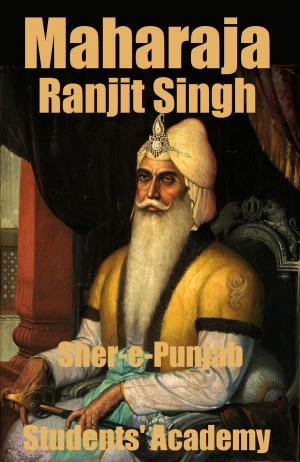A Quick Guide to "The Last Man"
Nonfiction, Reference & Language, Study Aids, Fiction & Literature, Action Suspense| Author: | Students' Academy | ISBN: | 9781301983988 |
| Publisher: | Raja Sharma | Publication: | September 25, 2013 |
| Imprint: | Smashwords Edition | Language: | English |
| Author: | Students' Academy |
| ISBN: | 9781301983988 |
| Publisher: | Raja Sharma |
| Publication: | September 25, 2013 |
| Imprint: | Smashwords Edition |
| Language: | English |
“The Last Man” by Mary Shelley was first published in 1826. It is an apocalyptic science fiction novel.
The story is set in a world in future. The future world has been ravaged by a plague. The story basically describes the fate of the human generation in future.
When the novel was first published, it received several harsh reviews, but when it was revived scholarly in the 1960s, it came into limelight and people began to admire the writer.
The novel is also popular for the inclusion of certain semi biographical portraits of Romantic figures in Shelley’s circle.
The story includes the portraits of Romantic figures like P. B. Shelly, Mary Shelly’s late husband, and Lord Byron.
A Quick Guide to "The Last Man"
Copyright
Chapter One: Introduction
Chapter Two: Characters
Chapter Three: Thematic Analysis
Chapter Four: Plot Summary
Chapter Five: Critical Analysis
“The Last Man” by Mary Shelley was first published in 1826. It is an apocalyptic science fiction novel.
The story is set in a world in future. The future world has been ravaged by a plague. The story basically describes the fate of the human generation in future.
When the novel was first published, it received several harsh reviews, but when it was revived scholarly in the 1960s, it came into limelight and people began to admire the writer.
The novel is also popular for the inclusion of certain semi biographical portraits of Romantic figures in Shelley’s circle.
The story includes the portraits of Romantic figures like P. B. Shelly, Mary Shelly’s late husband, and Lord Byron.
A Quick Guide to "The Last Man"
Copyright
Chapter One: Introduction
Chapter Two: Characters
Chapter Three: Thematic Analysis
Chapter Four: Plot Summary
Chapter Five: Critical Analysis















